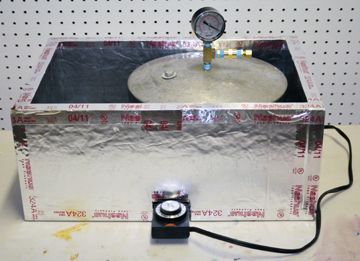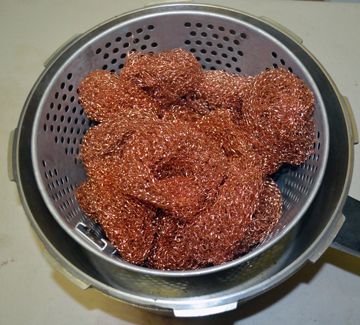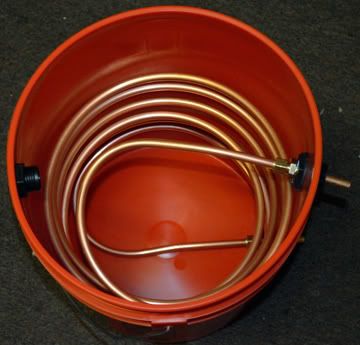It looks like you have struck gold first time with your clay catalyst. Many types of clay will work but you are lucky to have found a good one first time.
Typically a clay catalyst will take a bit of time to get working, hence the dark coloured fuel at first, then lovely yellow fuel follows. If your catalyst is like mine it will produce good yellow fuel for two more batches and then stop working, producing fuel that darKens and thickens.
How did you prepare your clay? What size of pieces? What colour? How much did you use?
Its a good idea to figure out how much of your fuel is gasoline/kerosene/diesel.
weigh a sample of the fuel, heat it to 90 degreesC and keep it at that temp for about half an hour to boil off the gasoline. Weigh it again. heat it to 170 C for another half hour to boil off the kerosene and weigh it again. Its best to do this on an electric hotplate rather than over a gas flame as the vapours are highly inflammable.
My fuel is 60% diesel 30%kerosene and 5% petrol/gasoline. The other 5% is gas and char. Yours may be quite different.
Typically a clay catalyst will take a bit of time to get working, hence the dark coloured fuel at first, then lovely yellow fuel follows. If your catalyst is like mine it will produce good yellow fuel for two more batches and then stop working, producing fuel that darKens and thickens.
How did you prepare your clay? What size of pieces? What colour? How much did you use?
Its a good idea to figure out how much of your fuel is gasoline/kerosene/diesel.
weigh a sample of the fuel, heat it to 90 degreesC and keep it at that temp for about half an hour to boil off the gasoline. Weigh it again. heat it to 170 C for another half hour to boil off the kerosene and weigh it again. Its best to do this on an electric hotplate rather than over a gas flame as the vapours are highly inflammable.
My fuel is 60% diesel 30%kerosene and 5% petrol/gasoline. The other 5% is gas and char. Yours may be quite different.
 but still i have few questions & some ideas that may be could make the process better
but still i have few questions & some ideas that may be could make the process better 

 can i get your mail id so i could mail you or chat you there
can i get your mail id so i could mail you or chat you there
 ummm yeah are you using some catalyst ?? what did you actually use?
ummm yeah are you using some catalyst ?? what did you actually use?
 those orange vessels for the reflux and condensers cost.. $2 each!
those orange vessels for the reflux and condensers cost.. $2 each!




Comment